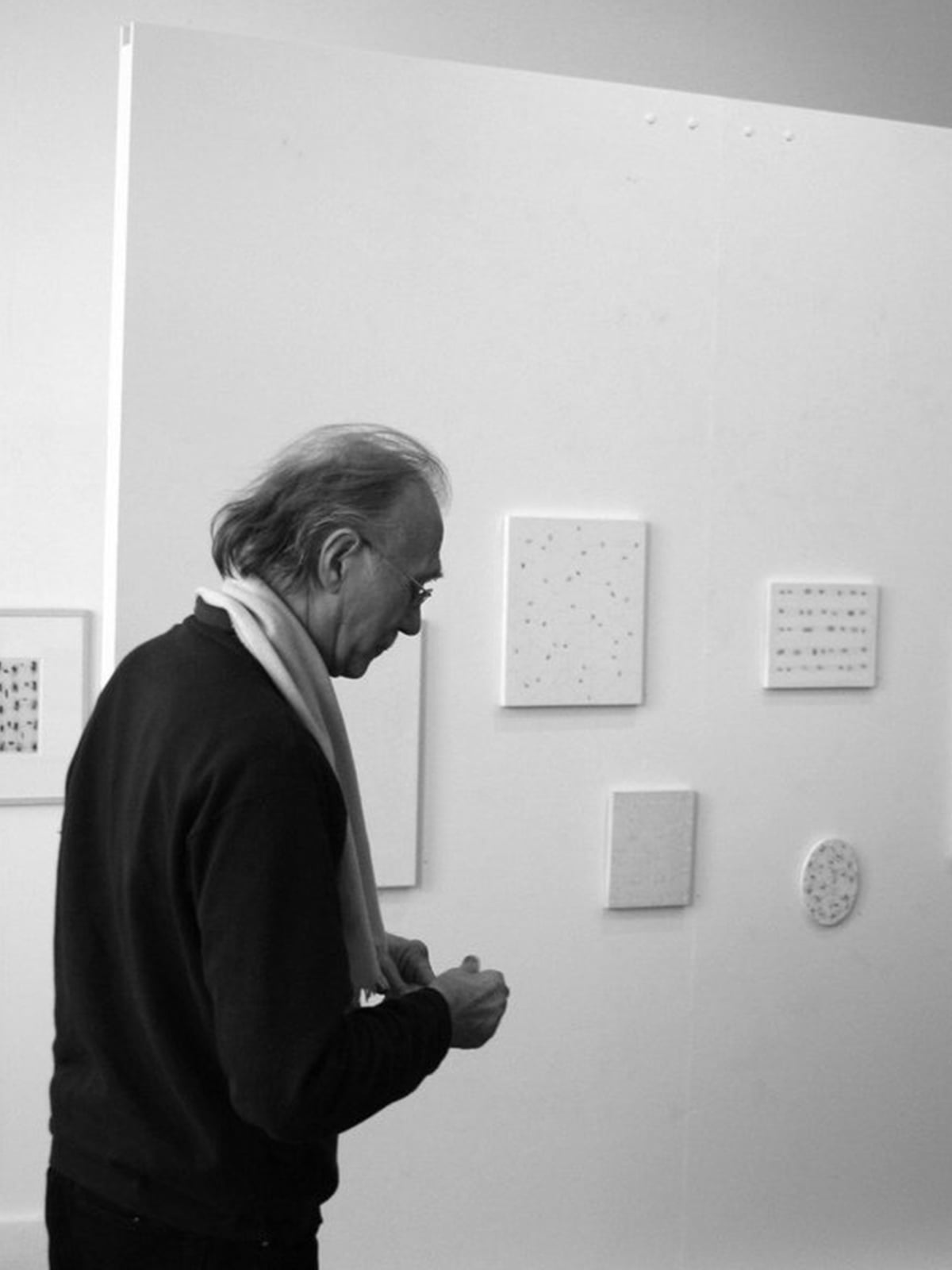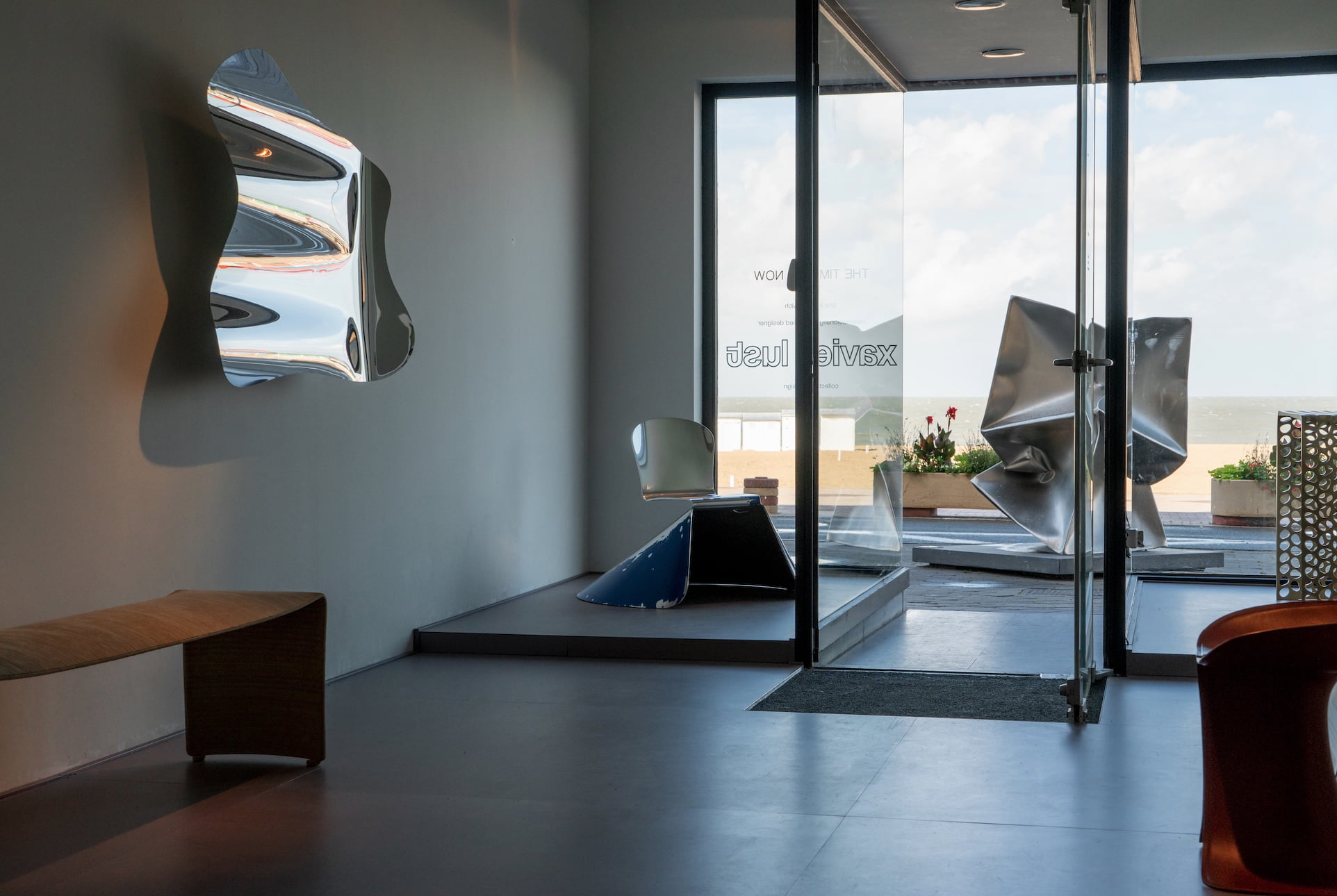
The material research and the resulting process-based approach continue to inspire, but in the final image they usually dissolve into musings about figurations, abstractions, spaces and mutual meanings.” The above quote from Han Steenbruggen aptly summarizes the work of Drewes de Wit. The artist experiments with lacquer and oil paint by painting, scraping and sanding. Chance determines a lot in the work. This sometimes creates images that are reminiscent of landscapes, flowers or faces, but which also remain what they are, namely exciting material experiments. Drewes de Wit has been an artist for 50 years. His work has its origins in the fundamental art of the 1970s, where process and research are more important than the final work. However, De Wit goes further than that, the process remains important, but how the image will look is guiding. The smooth polished surface and the seemingly out-of-focus image of his paintings create a very subtle aesthetic. However, the work is not intended to be poetic or mystical. Rather, it has scientific leads, such as viewing creatures in a drop of ditch water through a microscope. Or the works seem to bear signs of a forgotten script. De Wit’s research is also an exciting search for the detail that fascinates the viewer.

